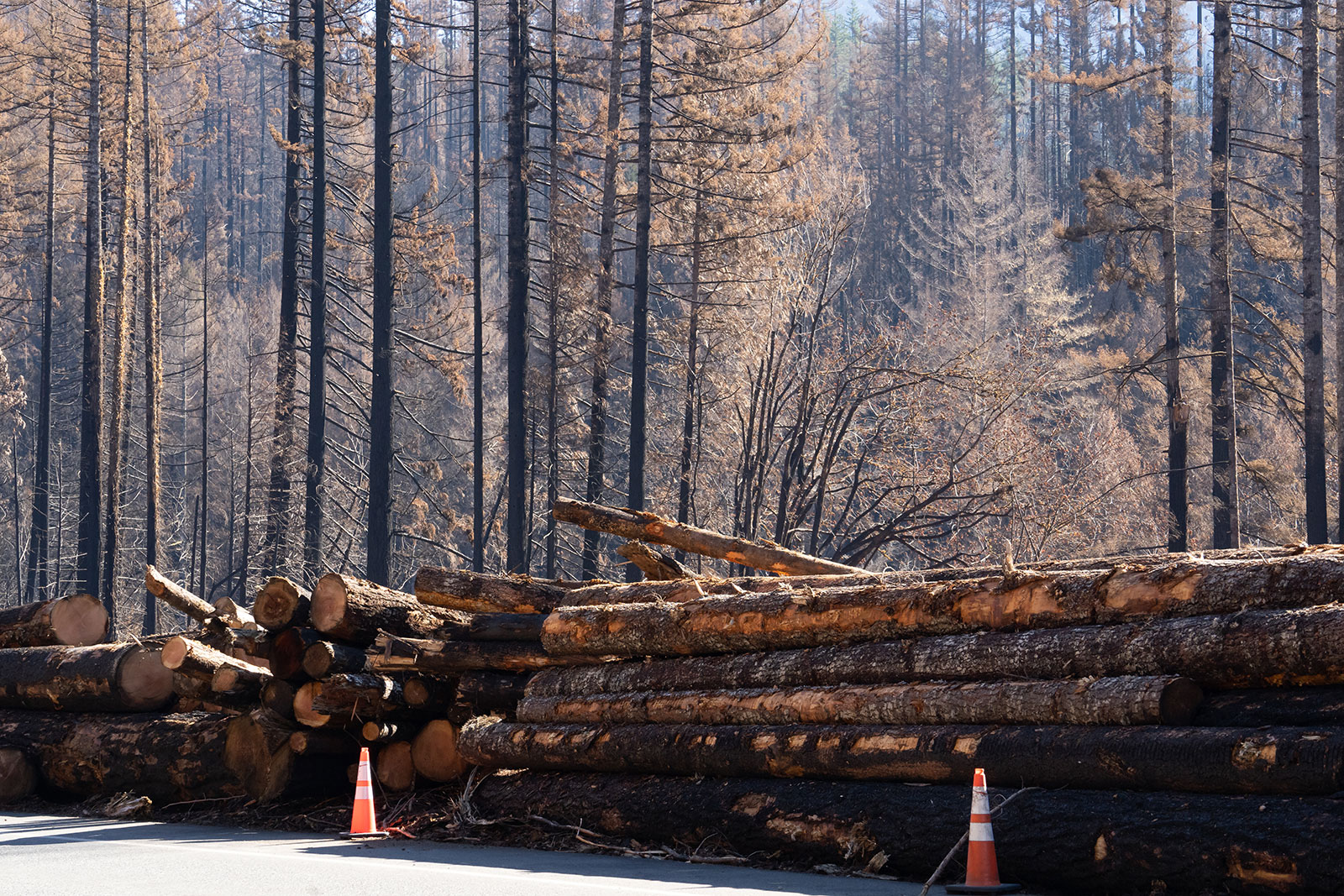The Statesman Journal in Salem, Oregon, recently published an editorial by FSEEE Executive Director Andy Stahl, in which he takes the Forest Service to task for closing large portions of many national forests following forest fires.
“According to the Forest Service, burned forests are too dangerous to visit,” Andy writes, because of the risk of trees falling on people. But when looking at the causes of backcountry deaths, he notes that falling trees cause only 1 percent of those deaths.
“Falling down while hiking, especially on mountains, is the leading cause of backcountry deaths, accounting for about 40 percent of fatalities,” Andy writes. “Avalanches (15%), drowning (10%), heart attack (10%) and getting lost (6%) round out the top five.”
Since the Forest Service takes no action to mitigate higher risk activities — e.g., closing mountains to climbing or skiing, banning swimming, or requiring every visitor to carry a GPS unit to avoid getting lost — Andy finds the justification for the Forest Service “nanny state” to be disingenuous:
“What appears to be an irrational fear of trees finds its origins in a very rational bureaucratic incentive.
“The Forest Service makes money when it cuts trees, whether dead or alive. During the logging boom years, before citizen groups enforced environmental laws, the Forest Service made most of its money cutting live trees. When that revenue stream dried up, the Forest Service shifted gears to cutting dead trees. Congress incentivized dead tree cutting by passing a law that lets the Forest Service keep for itself all of the money earned from selling these trees — none gets returned to the U.S. Treasury.”
Andy believes that the Forest Service has made “Public Safety” it’s “new raison d’être for logging and the money it brings” because the agency “needed a trump card to deflect … criticisms of its lucrative salvage logging program.”


